Details
Like every focal length in Zeiss's unique Otus family, the Otus 1.4/85 is a lens of absolute superlatives. One into which the comprehensive knowledge and entire experience of ZEISS have flowed. The Otus 1.4/85 not only brings out the best in facial features and surface structures. In the same way, the main subject can be extraordinarily well separated from its surroundings. The Otus 1.4/85 is much more than a portrait lens. Take advantage of its high speed for available light shots, its moderate angle of view for landscape photography, or its close focusing distance for repros.
The Otus 1.4/85's optical correction prevents virtually every conceivable image defect - and will keep you raving after the thousandth shot as much as the very first. The Planar lens design is the most successful camera lens concept of all time. It gives the optics computer numerous possibilities to correct all aberrations extraordinarily extensively. And its imaging performance is very consistent over a wide range of imaging scales, the crucial prerequisite for universal macro lenses such as the ZEISS Makro-Planar lens. As an apochromat, the lens has chromatic aberrations (longitudinal chromatic aberrations) corrected by lenses made of special glass with anomalous partial dispersion.
The color errors are therefore clearly below defined limits. Light-dark transitions in the image and especially highlights are reproduced largely free of colored artifacts. The aspherical lens design ensures consistent imaging performance over the entire focus range and sharpness at the image periphery. The more complex surface profile of the aspheric can reduce or even prevent spherical aberration and reduce other optical aberrations, compared to a simple lens.
The Otus 1.4/85's optical correction prevents virtually every conceivable image defect - and will keep you raving after the thousandth shot as much as the very first. The Planar lens design is the most successful camera lens concept of all time. It gives the optics computer numerous possibilities to correct all aberrations extraordinarily extensively. And its imaging performance is very consistent over a wide range of imaging scales, the crucial prerequisite for universal macro lenses such as the ZEISS Makro-Planar lens. As an apochromat, the lens has chromatic aberrations (longitudinal chromatic aberrations) corrected by lenses made of special glass with anomalous partial dispersion.
The color errors are therefore clearly below defined limits. Light-dark transitions in the image and especially highlights are reproduced largely free of colored artifacts. The aspherical lens design ensures consistent imaging performance over the entire focus range and sharpness at the image periphery. The more complex surface profile of the aspheric can reduce or even prevent spherical aberration and reduce other optical aberrations, compared to a simple lens.

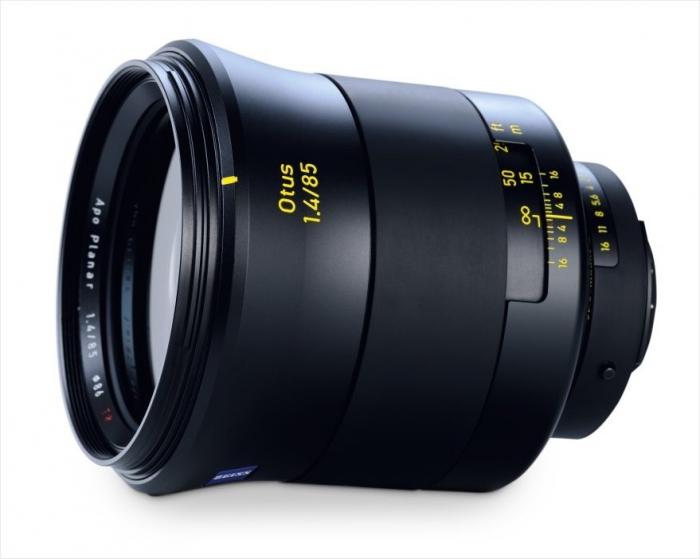
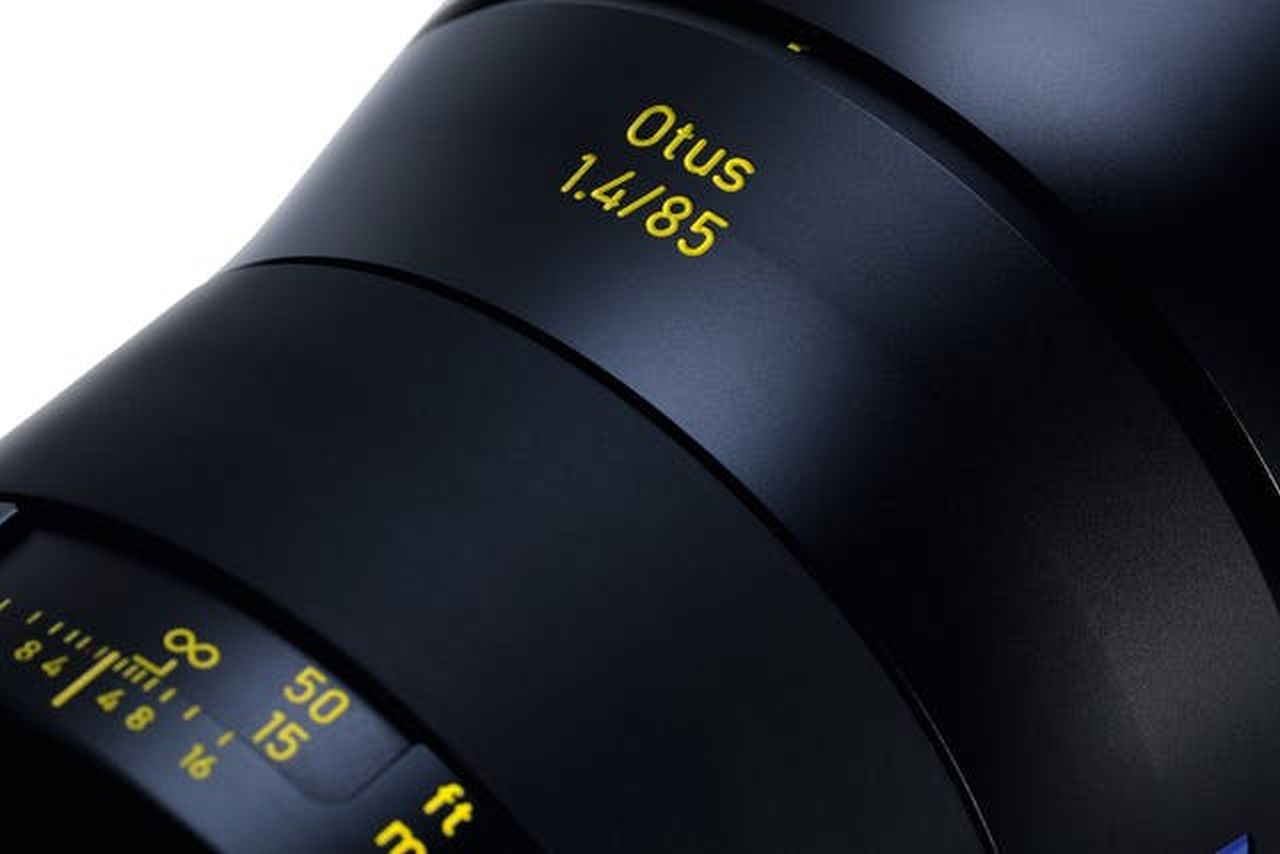


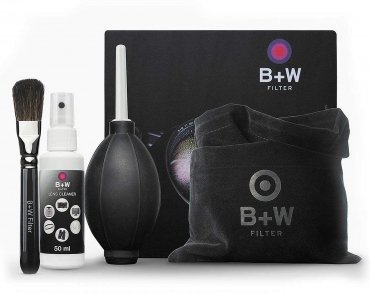


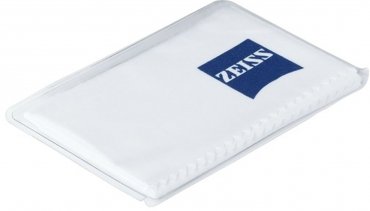







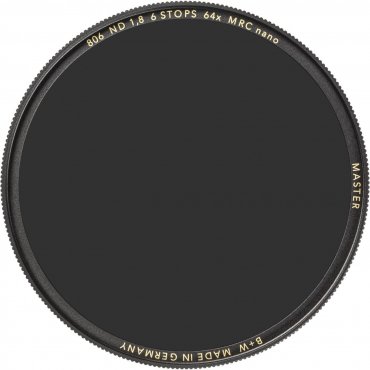
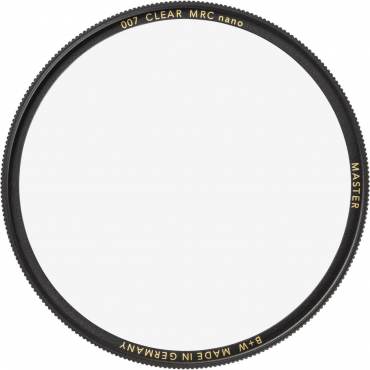
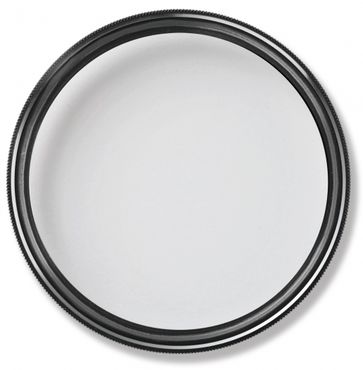
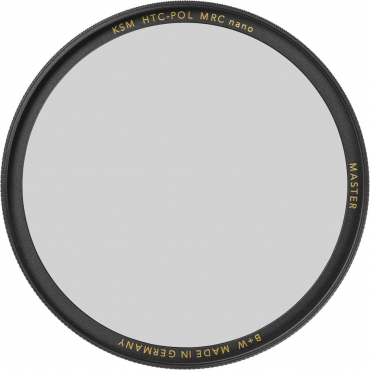
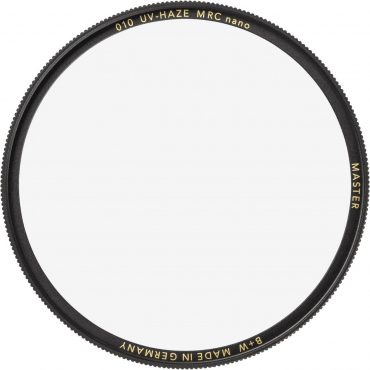
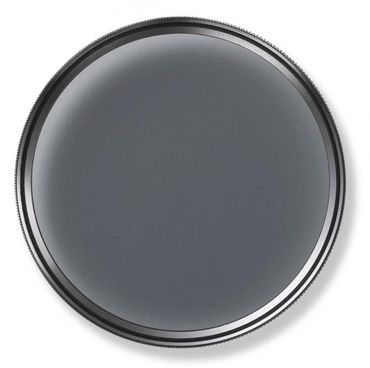



Simply subscribe and benefit as a newsletter recipient every week: